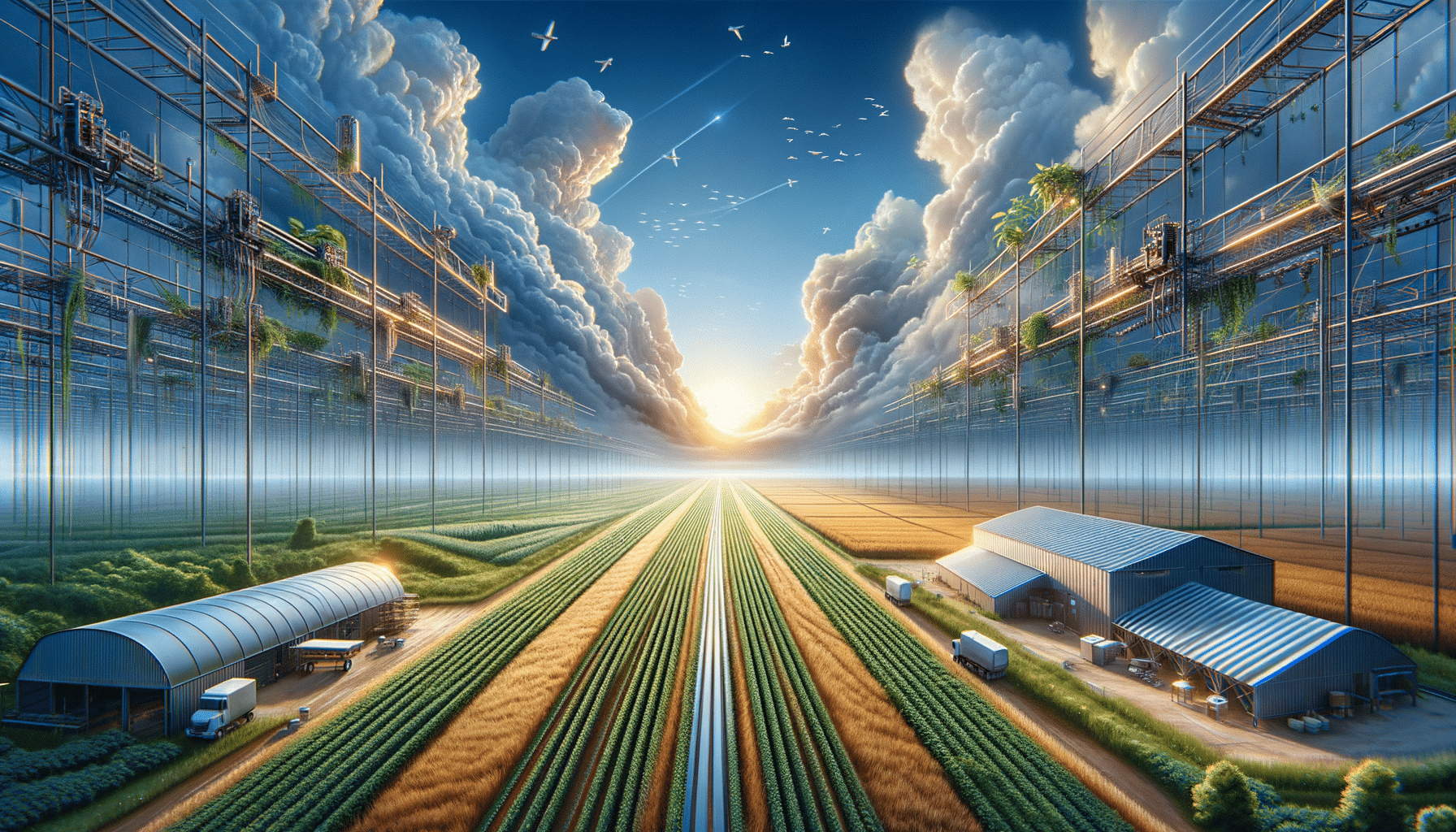Introduction to Modern Farming Techniques
Farming has always been at the heart of human civilization, providing the essential resources needed for survival. As the global population continues to grow, the demand for efficient and sustainable farming practices has never been more critical. Modern farming techniques are revolutionizing the way we cultivate crops and manage livestock, ensuring that we meet these demands while minimizing environmental impact. This article explores various innovative approaches that are reshaping the agricultural landscape.
Innovative Crop Cultivation Methods
In recent years, crop cultivation has seen significant advancements with methods like no-till farming, crop rotation, and vertical farming gaining popularity. These techniques are designed to improve soil health, increase yield, and reduce environmental impact. No-till farming, for instance, involves minimal soil disturbance, which helps preserve soil structure and reduce erosion. Crop rotation involves alternating the types of crops grown in a particular area, which can improve soil fertility and reduce pest and disease cycles.
Vertical farming takes a different approach by growing crops in stacked layers, often in controlled indoor environments. This method maximizes space usage and allows for year-round production, making it ideal for urban areas. These innovative methods not only enhance productivity but also contribute to sustainable agricultural practices.
The Role of Technology in Farming
Technology plays a pivotal role in modern farming, with machinery and digital tools transforming traditional practices. Equipment such as harvesters and cultivators streamline the planting and harvesting processes, significantly reducing labor and time. Additionally, moisture sensors and other precision agriculture tools help farmers manage resources more effectively by providing real-time data on soil conditions and crop health.
These technologies enable farmers to make informed decisions, optimize resource use, and increase overall efficiency. As technology continues to evolve, its integration into farming practices will likely expand, further enhancing productivity and sustainability.
Advancements in Livestock Management
Livestock farming has also benefitted from technological advancements, with automated systems improving animal welfare and farm efficiency. Automated feeding systems ensure that livestock receive the right amount of nutrition at the right time, reducing waste and improving growth rates. Climate control systems in barns help maintain optimal living conditions, reducing stress and disease among animals.
These innovations contribute to healthier livestock and more efficient farm operations. By adopting such technologies, farmers can better manage their resources, ensure animal welfare, and meet the growing demand for animal products.
Conclusion: The Future of Farming
As we look to the future, it is clear that the integration of innovative techniques and technologies in farming will play a crucial role in addressing global food security challenges. By adopting methods such as no-till farming, crop rotation, and vertical farming, and leveraging advanced machinery and digital tools, farmers can enhance productivity while promoting sustainability.
These approaches not only support healthier yields and ecosystems but also ensure that farming remains a viable and vital industry for generations to come. As we continue to innovate, the potential for even greater advancements in farming is vast, promising a future where agriculture meets the needs of a growing population while preserving the planet.




Leave a Reply